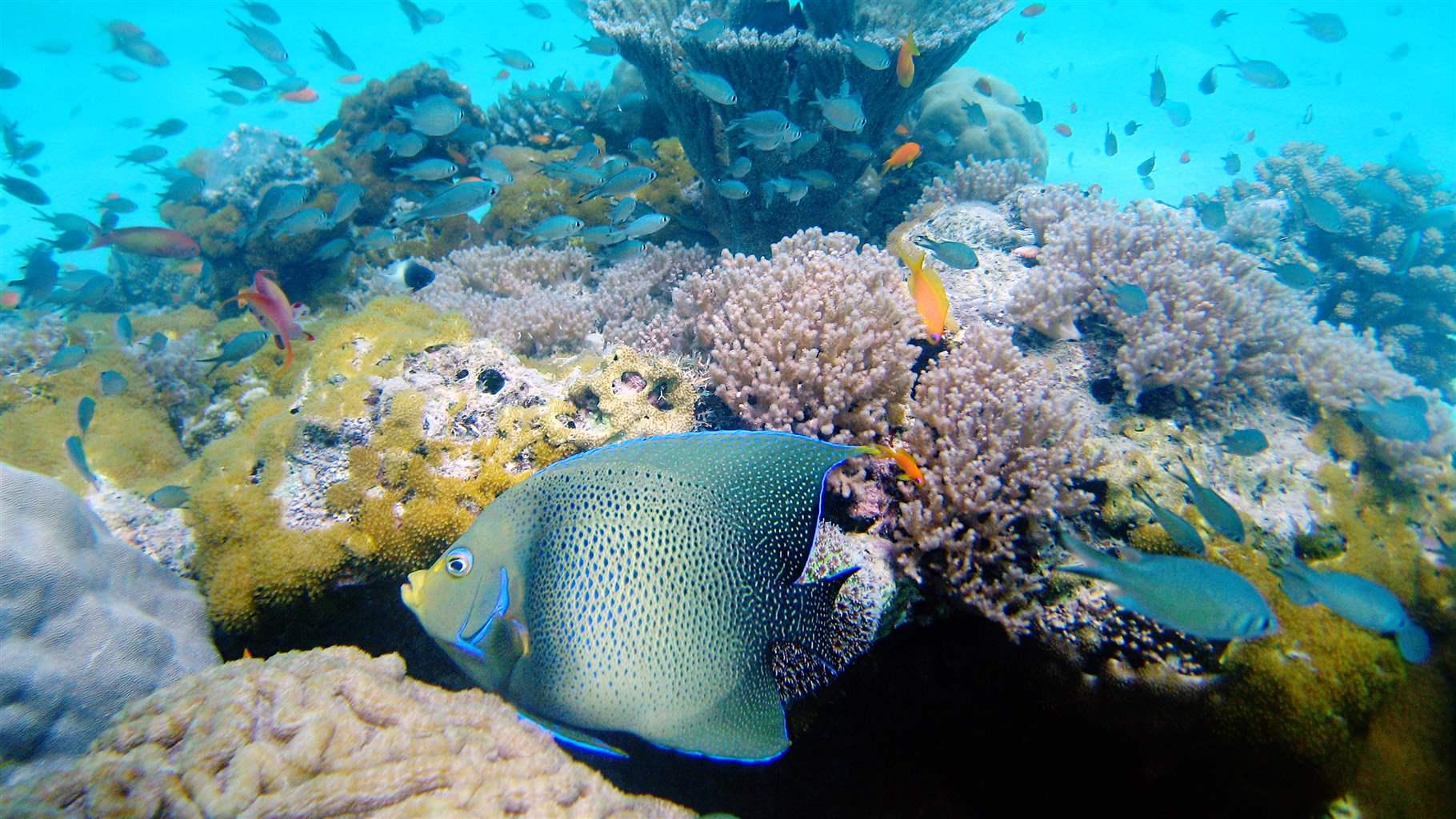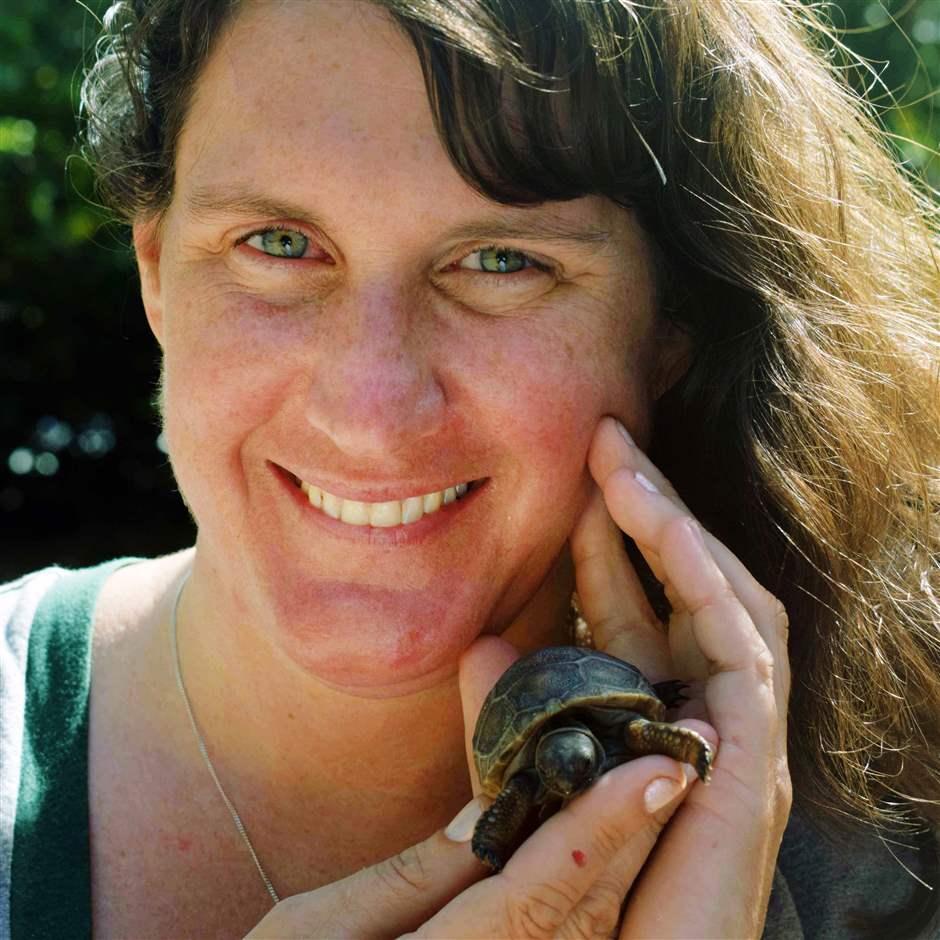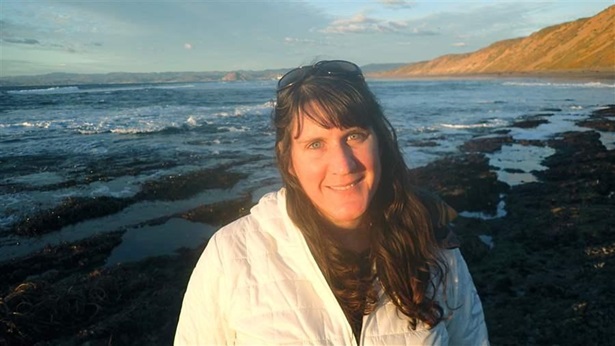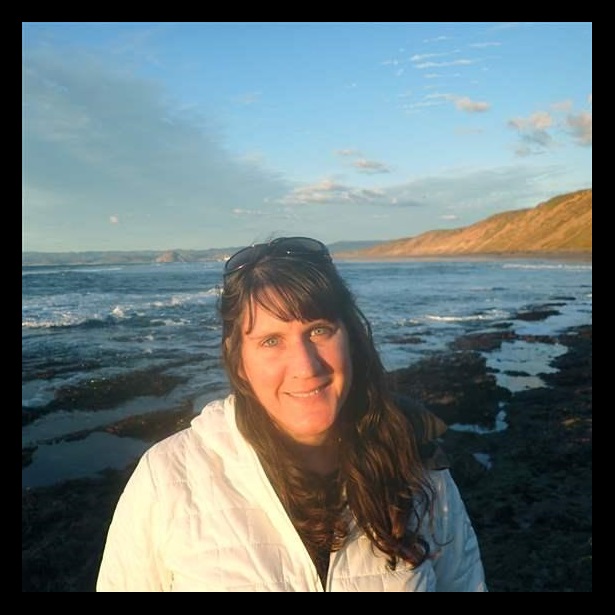With Science and Flexibility, Pew Marine Fellow Improves Ocean Conservation in East Africa
Approach focuses on real-time learning and collaboration to help protected areas succeed

This article was updated Dec. 10, 2020, to better characterize how the interviewee works with the ocean conservation community in East Africa.
As human-caused damage to the ocean continues to grow, experts and policymakers are increasingly recognizing marine protected areas (MPAs) as effective tools for safeguarding biodiversity and sustainable fisheries. Yet, ensuring that MPAs deliver those benefits remains a challenge.
Jennifer O’Leary, a 2016 Pew marine fellow, is using an approach she developed—called strategic adaptive management—to help MPA managers in Kenya, Tanzania, and the Seychelles better understand and protect the systems they oversee.
O’Leary shared her work with environmental managers from around the world as part of a webinar series focused on resilience-based management. She also recently discussed her efforts with The Pew Charitable Trusts.
This interview has been edited for clarity and length.
Q: What is your Pew project about?
A: The project aims to make MPAs work for people and nature. I’ve led development of a science-based management system for MPAs in three nations, with communities and managers working together to solve problems and clearly demonstrate the benefits of MPAs. The project also provides training for MPA staff and communities to ensure continued implementation of MPAs. Through this project and prior work, I also co-developed a regional network in MPA excellence in the Western Indian Ocean called the SMART Seas Network.
Q: How did you become interested in marine protected areas?
A: MPAs are the best tool we have to ensure ecosystem-based fisheries management. MPAs protect entire ecosystems and provide benefits to fisheries by conserving ecosystem function and increasing resilience to the impacts of climate change. Currently, about 7% of the oceans are safeguarded in MPAs and scientists are advocating for 30% worldwide by 2030. Although this goal is worthy, we often focus less on ensuring effective MPAs. Only about one-third of the existing MPAs have shown that they’re providing the expected benefits and that they’re managed effectively.
Q: What does effective MPA management look like?
A: MPAs need to identify specific and measurable objectives. Unfortunately, many MPAs lack success metrics or even data showing where in the trajectory from damaged to improved the area stands. This is the case in the Western Indian Ocean, and has meant that managers often use revenue and enforcement as indicators of success rather than the status of key ecosystems, species, or human benefits from MPAs.
My work in Kenya, Tanzania, and the Seychelles is helping MPA staff develop the information and tools they need to evaluate what is and isn’t working—part of an ongoing learning process called “adaptive management.”
There are four key aspects of adaptive management: define measurable objectives; have a monitoring or data-gathering system in place; decide what’s working and what needs improvement; and, after a certain time, figure out whether management actions taken actually worked.
The adaptive management process is essentially learning by doing. A core element of my approach in the Western Indian Ocean is that staff at all levels engage in capacity building together. This is critical in creating an atmosphere of learning and growth and enabling all MPA staff to participate in problem-solving.
Q: Can you share an example of what a behavior change in MPAs might look like as a result of your work?
A: Early on, many MPA staff wanted monthly monitoring efforts, and I was concerned that this was too frequent since many environmental changes occur over longer timelines. However, as the MPAs put monthly monitoring into practice, it became an approach that essentially keeps “eyes on the reef” and helps managers quickly identify and address issues.
For example, in Mombasa Marine Park in Kenya, staff observed that seagrass meadow habitat was declining in an area with restricted fishing. Beach seines were used by local fishermen, and these can tear up seagrass as it becomes caught in nets dragged along the seafloor. Though beach seining has occurred there for decades, it was not until the managers saw what healthy and degraded seagrass beds look like as a result of their monitoring program, that they committed to making a change. A ban on beach seining in the park was enforced, and over 18 months MPA staff documented both a recovery of the seagrass and increased catches among fishers using other types of sustainable gear.
Q: How has your Pew fellowship influenced your work?
A: With my Pew fellowship, I was able to scale this adaptive management approach I helped develop in Kenya to a national approach in Tanzania, and a new pilot project in the Seychelles.
I also created an MPA management peer training program along with 15 global and regional marine scientists—all of whom are volunteers. We brought together 30 MPA staff and community members for a training event in the Seychelles in 2019. Six people passed as peer trainers and seven as assistant peer trainers, distributed across the three nations.
It was definitely a two-way learning process. This hands-on approach helped the experts who led the training understand the capacity-building needs for MPA managers in a very real way and tailor their training approach to meet specific needs.
Q: What’s next for your work?
A: I hope to continue to support MPAs in the SMART Seas Network along their current trajectories of growth and improvement. I also plan to work with the peer trainers on how we can support the three nations that have been in the network for the last decade. And I’m exploring whether the trainers can help other nations in the region adopt MPA adaptive management approaches. Currently, with others, I am helping MPAs in Kenya and Tanzania use new approaches with fish traps to assess fish biomass, which has been a long-term gap in their data and knowledge because of the difficulty of doing in-water fish biomass surveys.
I also hope to find funding to develop a cloud-based data management system that each MPA can customize, and that allows click-button graphing of trends compared to targets.
I was able to catalyze change in the MPA approach across nations by helping managers understand the value of evidence-based management and visualize new pathways to success. As the world expands MPAs, it is important to ensure that this support role exists. Ultimately, I hope that the lessons learned through the SMART Seas Network in the Western Indian Ocean can be shared globally and help other MPA systems learn and grow.









